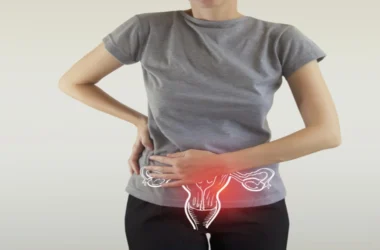Menstrual cramps, also known as dysmenorrhea, are a common occurrence among menstruating individuals. These cramps can range from mild discomfort to severe pain and often disrupt daily life.
While over-the-counter pain relievers are a quick fix, there are natural ways to alleviate menstrual cramps, and one of the most effective methods is through yoga and exercise.
In this article, we will explore how yoga and exercise can help relieve menstrual cramps and provide you with a guide to incorporating them into your routine.
Understanding Menstrual Cramps
Video [Detail Guide]
Credit: Babylon
Before we delve into the natural remedies, it’s crucial to understand what causes menstrual cramps.
Menstrual cramps occur due to the contraction of the uterine muscles. These contractions help shed the uterine lining during menstruation.
The pain is a result of the muscle contractions and reduced blood flow to the uterus. While some individuals experience mild discomfort, others may have severe cramps that interfere with their daily activities.
The Role of Yoga and Exercise
Yoga and exercise offer a holistic approach to managing menstrual cramps. They can help alleviate cramps by:
Relaxing Muscles
Yoga and certain exercises help relax the uterine muscles, reducing the intensity of cramps.
Increasing Blood Flow
Physical activity encourages better blood circulation, delivering oxygen and nutrients to the muscles and reducing cramp pain.
Releasing Endorphins
Both yoga and exercise trigger the release of endorphins, natural painkillers that can provide relief from cramps.
Alleviating Stress
Stress exacerbates cramps. Yoga, in particular, helps reduce stress and promote relaxation.
Yoga Poses for Menstrual Cramp Relief
Yoga is an excellent way to relieve menstrual cramps. Here are some yoga poses to consider:
Child’s Pose (Balasana)

Kneel on the floor, touch your big toes together, and sit back on your heels. Reach your arms forward and rest your forehead on the ground. This pose stretches the lower back and eases cramps.
Cat-Cow Stretch
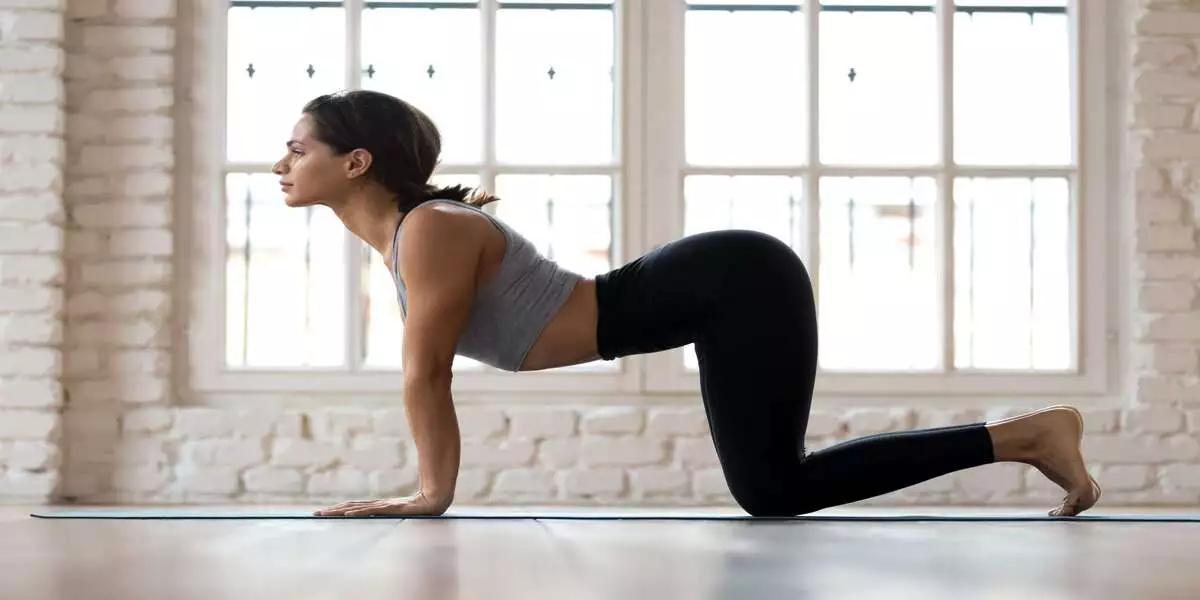
On your hands and knees, alternate between arching your back (cow) and rounding it (cat). This gentle motion relieves tension in the lower back and abdomen.
Supine Twist
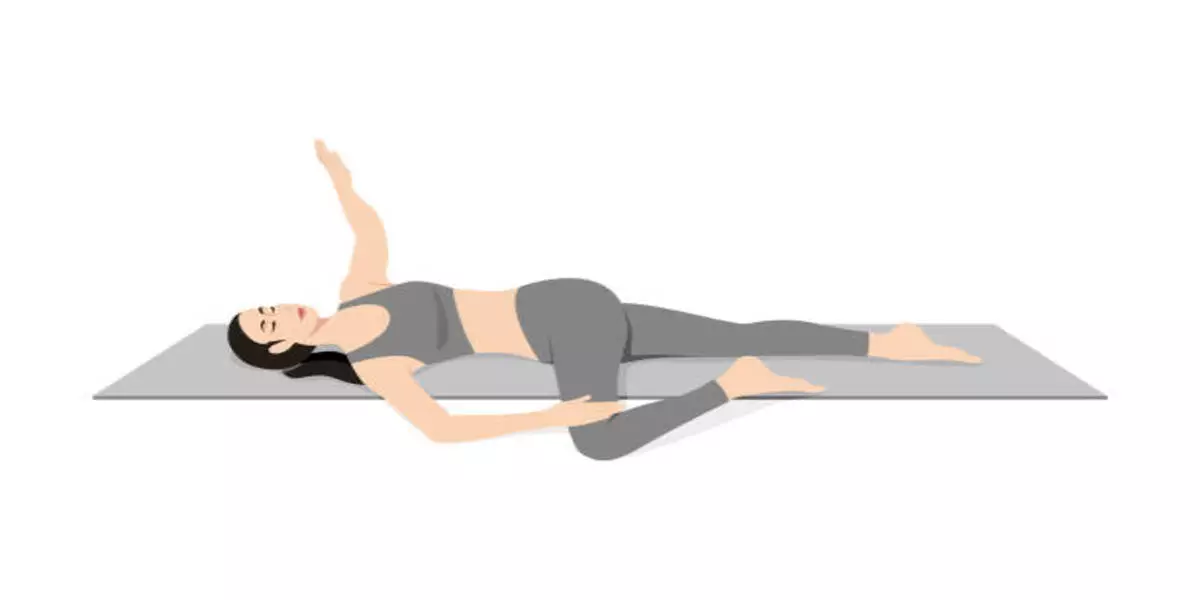
Lie on your back and bend your knees. Drop both knees to one side, keeping your shoulders on the ground. This twist helps reduce tension in the lower back and pelvis.
Supta Baddha Konasana (Reclining Bound Angle Pose)

Lie on your back, bring the soles of your feet together, and let your knees fall to the sides. This pose gently stretches the groin and pelvis.
Exercise for Menstrual Cramp Relief
Exercise can also provide significant relief from menstrual cramps. Here are some exercises to consider:
Aerobic Exercises
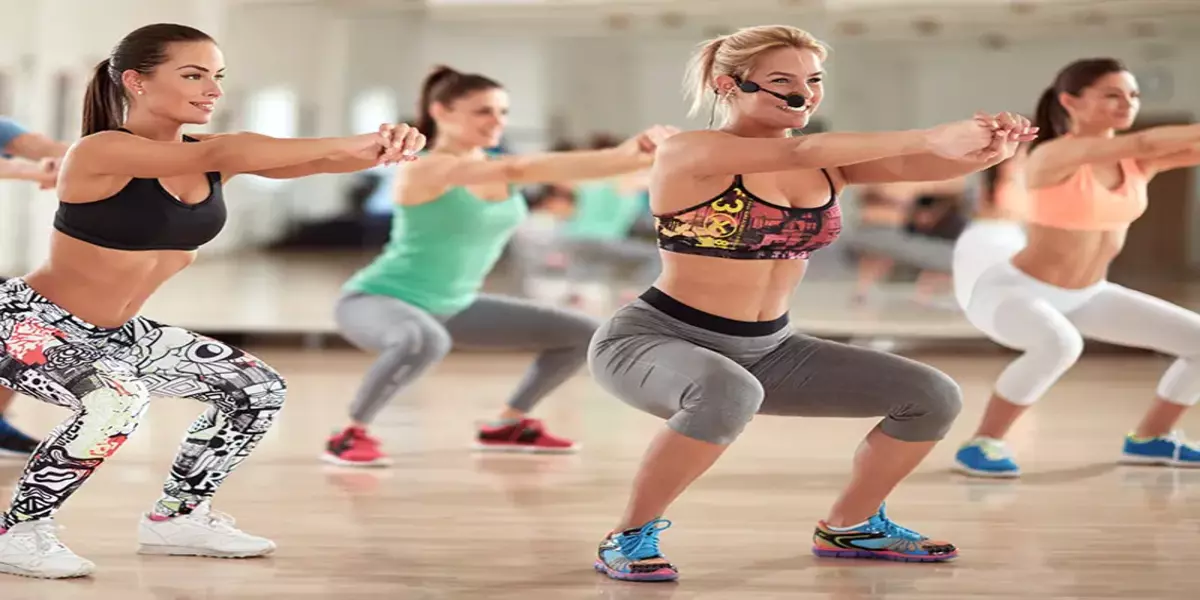
Activities like walking, jogging, or cycling can increase blood flow and reduce cramp pain.
Pelvic Tilts

Lie on your back with your knees bent. Gently lift your pelvis off the ground and hold for a few seconds. This exercise helps relieve lower back pain.
Kegel Exercises

Kegels involve contracting and relaxing the pelvic floor muscles. Regular Kegel exercises can ease cramps and discomfort.
Pilates
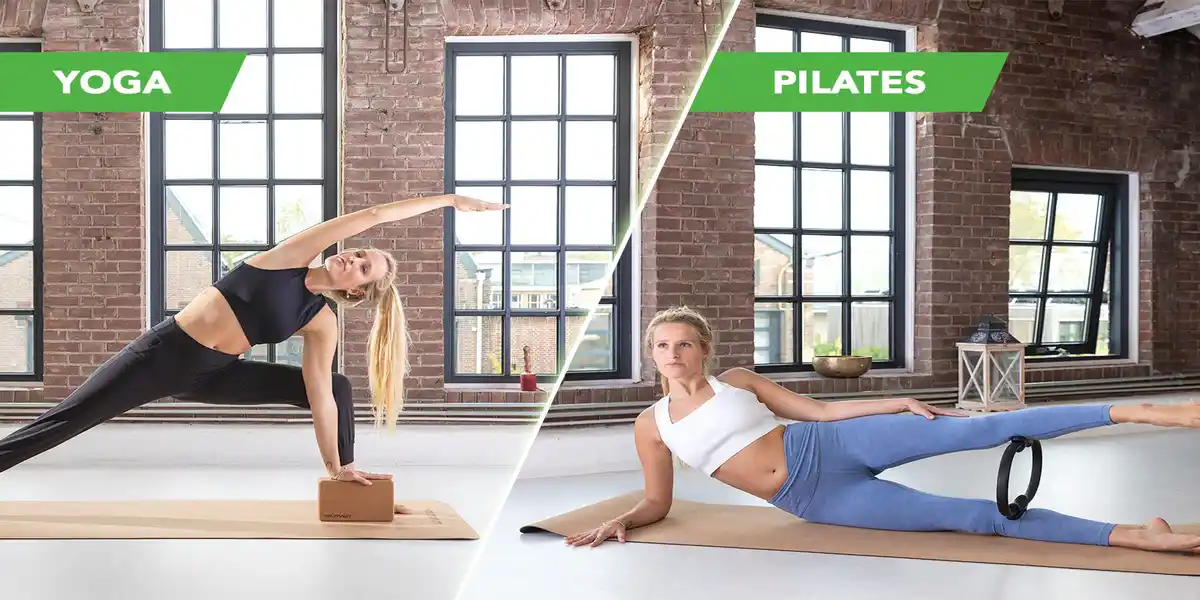
Pilates can strengthen your core and improve posture, which may reduce cramp severity.
Tips for Incorporating Yoga and Exercise
Here are some tips to help you incorporate yoga and exercise into your routine for menstrual cramp relief:
- Start Slow: If you’re new to yoga or exercise, start slowly and gradually increase the intensity.
- Listen to Your Body: Pay attention to how your body responds to different poses and exercises. Some may work better for you than others.
- Practice Regularly: Consistency is key. Make yoga and exercise a part of your routine, not just during your period but throughout the month.
- Stay Hydrated: Drinking enough water is crucial for overall health and can help reduce cramps.
- Combine with Other Self-Care: Yoga and exercise are most effective when combined with other self-care practices, such as a healthy diet, relaxation techniques, and adequate sleep.
Conclusion
Menstrual cramps can be incredibly uncomfortable, but with the right approach, you can find relief naturally. Incorporating yoga and exercise into your routine not only helps alleviate cramps but also promotes overall well-being.
Remember that everyone’s body is different, so it may take some trial and error to find the practices that work best for you.
Stay committed to your self-care routine, and you’ll be on your way to experiencing less pain and discomfort during your menstrual cycle.




